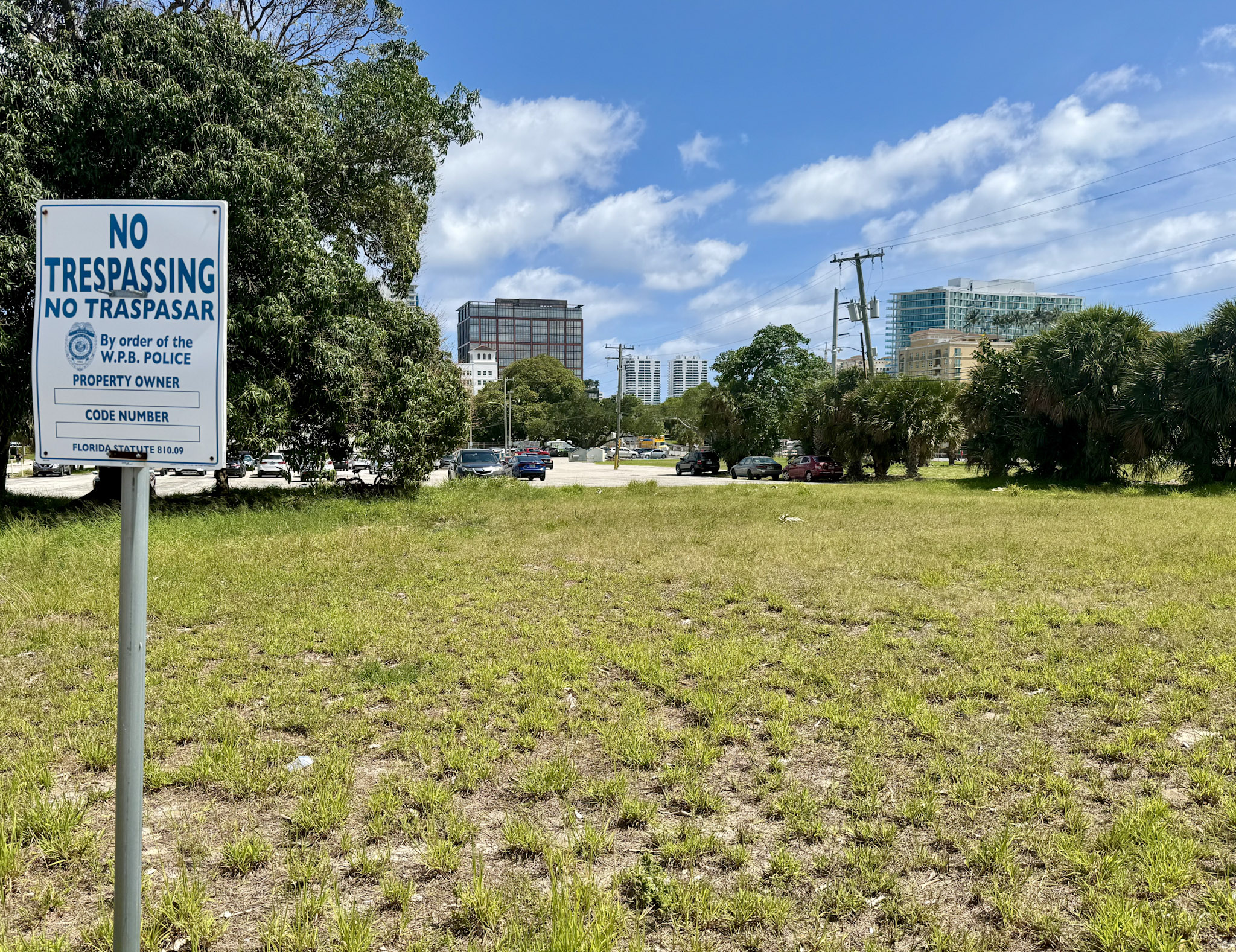Report on the Impact of Air Pollution Exposure During Pregnancy on Childhood Obesity in Relation to Sustainable Development Goals

Introduction
A comprehensive pan-European meta-analysis led by the Barcelona Institute for Global Health (ISGlobal), supported by the “la Caixa” Foundation, has identified a significant link between prenatal exposure to fine particulate matter (PM2.5) and an increased risk of childhood overweight and obesity. Published in Environment International, this study aligns with the Sustainable Development Goals (SDGs), particularly SDG 3 (Good Health and Well-being) and SDG 11 (Sustainable Cities and Communities), by addressing environmental health risks affecting children’s development.
Study Overview
The research is part of the EU-funded LifeCycle and ATHLETE projects, which aim to understand how early-life environmental stressors influence long-term health outcomes. Data were collected from 37,111 mother-child pairs during pregnancy and 33,860 pairs during childhood, spanning 10 birth cohorts across 8 European countries.
- Air pollution exposure assessment:
- Geospatial models estimated concentrations of nitrogen dioxide (NO2) and PM2.5 at residential locations.
- Exposure periods covered from pregnancy through to 12 years of age.
- Child health measurements:
- Height, weight, and age were recorded via clinical assessments or parental reports.
- Body Mass Index (BMI) was calculated to evaluate overweight and obesity status.
- Data analysis:
- Cohort-specific associations between air pollution and obesity outcomes were estimated.
- Results were pooled in a meta-analysis to identify overall trends.
Key Findings: Air Pollution and Childhood Obesity Risk
Increased Risk Associated with Prenatal PM2.5 Exposure
The study found that higher exposure to PM2.5 during pregnancy is linked to a 23% increased risk of childhood overweight or obesity, with the strongest effects observed in children aged 9 to 12 years. No significant associations were found for PM2.5 exposure during childhood or for NO2 exposure during either pregnancy or childhood.
“Our results indicate that the gestational period may represent a particularly vulnerable window for the risk of childhood obesity. However, further research is needed to precisely identify the critical periods during which exposure to air pollution might influence this risk, and to confirm these findings.” – Sarah Warkentin, ISGlobal Researcher and First Author
Biological Mechanisms and Health Implications
Potential biological pathways include oxidative stress, inflammation, impaired placental development, and hormonal disruptions, which have been previously linked to reduced fetal growth and low birth weight. These mechanisms may also contribute to increased obesity risk during childhood, as supported by animal studies. This highlights the importance of SDG 3 by promoting healthy development and reducing non-communicable diseases.
Variability Among European Cohorts
The study observed significant heterogeneity in associations across different cohorts:
- In UK cohorts, both prenatal and postnatal PM2.5 exposure correlated with lower BMI at all ages.
- In a Dutch cohort, childhood exposure to PM2.5 and NO2 was linked to higher BMI.
These differences may be attributed to:
- Variations in air pollution levels between regions.
- Diverse lifestyle habits affecting exposure and weight outcomes.
- Environmental factors unique to each urban setting.
Understanding these disparities supports SDG 10 (Reduced Inequalities) and SDG 13 (Climate Action) by emphasizing tailored public health interventions and pollution control strategies.
Conclusion and SDG Relevance
This study underscores the critical impact of prenatal exposure to fine particulate matter on childhood obesity risk, reinforcing the need for policies targeting air quality improvement to safeguard children’s health. The findings contribute to achieving multiple Sustainable Development Goals by:
- SDG 3: Enhancing health and well-being through pollution reduction and obesity prevention.
- SDG 11: Promoting sustainable urban environments with lower air pollution.
- SDG 10: Addressing health disparities arising from environmental factors.
- SDG 13: Supporting climate action to reduce pollutant emissions.
Further research is recommended to identify critical exposure windows and to develop effective interventions that align with global sustainability and health objectives.
References
Barcelona Institute for Global Health (ISGlobal)
Warkentin, S., et al. (2025). Ambient air pollution and childhood obesity from infancy to late childhood: An individual participant data meta-analysis of 10 European birth cohorts. Environment International. doi.org/10.1016/j.envint.2025.109527
1. Sustainable Development Goals (SDGs) Addressed or Connected
- SDG 3: Good Health and Well-being
- The article focuses on childhood overweight and obesity linked to air pollution exposure during pregnancy, which directly relates to health and well-being.
- SDG 11: Sustainable Cities and Communities
- Air pollution exposure at residential locations is discussed, highlighting the importance of sustainable urban environments.
- SDG 13: Climate Action
- Although not explicitly mentioned, addressing air pollution is a component of climate action and environmental health.
2. Specific Targets Under Those SDGs
- SDG 3: Good Health and Well-being
- Target 3.4: By 2030, reduce by one third premature mortality from non-communicable diseases through prevention and treatment and promote mental health and well-being.
- Target 3.9: By 2030, substantially reduce the number of deaths and illnesses from hazardous chemicals and air, water, and soil pollution and contamination.
- SDG 11: Sustainable Cities and Communities
- Target 11.6: By 2030, reduce the adverse per capita environmental impact of cities, including air quality and municipal and other waste management.
- SDG 13: Climate Action
- Target 13.2: Integrate climate change measures into national policies, strategies, and planning.
3. Indicators Mentioned or Implied to Measure Progress
- Indicator for Target 3.4 and 3.9
- Prevalence of overweight and obesity among children (measured by BMI).
- Levels of exposure to fine particulate matter (PM2.5) and nitrogen dioxide (NO2) at residential locations.
- Indicator for Target 11.6
- Concentration of air pollutants such as PM2.5 and NO2 in urban areas.
- Additional Measurement Approaches
- Meta-analysis of cohort data to assess associations between pollutant exposure and health outcomes.
- Clinical assessments and parental reports to calculate BMI in children.
4. Table of SDGs, Targets, and Indicators
| SDGs | Targets | Indicators |
|---|---|---|
| SDG 3: Good Health and Well-being |
|
|
| SDG 11: Sustainable Cities and Communities |
|
|
| SDG 13: Climate Action |
|
|
Source: news-medical.net







